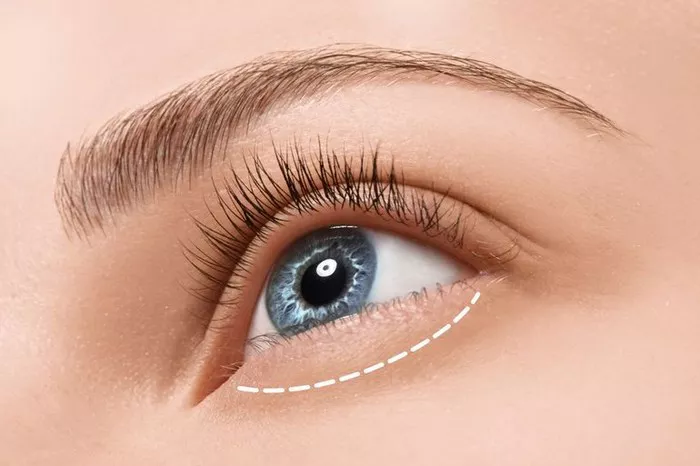Blepharoplasty, commonly known as eyelid surgery, is a cosmetic procedure that aims to rejuvenate the appearance of the eyelids by addressing issues such as sagging skin, puffiness, and excess fat. Recovery after blepharoplasty involves several considerations, one of which is when it’s safe to resume daily activities, including driving. Understanding the recovery process and the factors that influence your ability to drive after blepharoplasty is essential for a smooth and safe recuperation.
Recovery Timeline After Blepharoplasty
The recovery timeline after blepharoplasty varies from person to person, and the extent of the procedure can also impact the rate of healing. However, there are general guidelines that can give you an idea of what to expect:
1. Immediately After Surgery: After the procedure, you will be moved to a recovery area where you will be monitored as the effects of anesthesia wear off. You might experience some discomfort, swelling, and bruising around the eyes.
2. First Week: During the first week, it’s common to experience swelling and bruising, which are natural parts of the healing process. Your surgeon may recommend using cold compresses and keeping your head elevated to help minimize these effects.
3. Second Week: Swelling and bruising typically start to subside during the second week, and you may begin to notice gradual improvements in your appearance. Stitches may also be removed during this time.
4. Weeks 3-4: By the third to fourth week, most of the visible swelling and bruising should have resolved. However, it’s important to note that residual swelling may persist, and you may still be experiencing some mild discomfort.
5. Months 2-3: By the second to third month, the majority of swelling should have dissipated, and you should be able to see the final results of your blepharoplasty. Any residual numbness or tightness around the eyelids should also improve.
Driving After Blepharoplasty
Driving after blepharoplasty is a common concern for patients, as impaired vision or discomfort could affect their ability to operate a vehicle safely. The timing for resuming driving can vary based on individual healing progress and the specific guidance of your surgeon. As a general guideline:
1. Vision and Comfort: Your ability to drive safely depends on your vision and comfort level. If your vision is still blurry, if you experience sensitivity to light, or if your eyelids are causing discomfort, it’s best to refrain from driving until these issues resolve.
2. Medication: Pain medications and other medications you may be taking during the recovery period can impact your alertness and coordination, which are crucial for safe driving. Always follow your surgeon’s instructions regarding medication usage.
3. Surgeon’s Approval: Before resuming any activity, including driving, it’s essential to have a follow-up appointment with your surgeon. They will assess your healing progress and provide personalized advice on when it’s safe for you to drive.
4. Use of Sunglasses: If you do decide to drive, consider wearing sunglasses to protect your eyes from sunlight and potential irritants. Sunglasses can also help conceal any residual bruising or swelling.
Conclusion
Blepharoplasty can provide remarkable improvements to the appearance of the eyelids, but a successful recovery is essential for achieving the desired results. When it comes to driving after blepharoplasty, safety should be your top priority. Follow your surgeon’s post-operative instructions carefully, and only resume driving when you are confident in your vision, comfort, and ability to focus on the road. Remember that each person’s healing process is unique, so it’s important to be patient and prioritize your well-being during the recovery period. If you have any concerns or questions about when you can safely drive after blepharoplasty, don’t hesitate to reach out to your surgeon for guidance.


